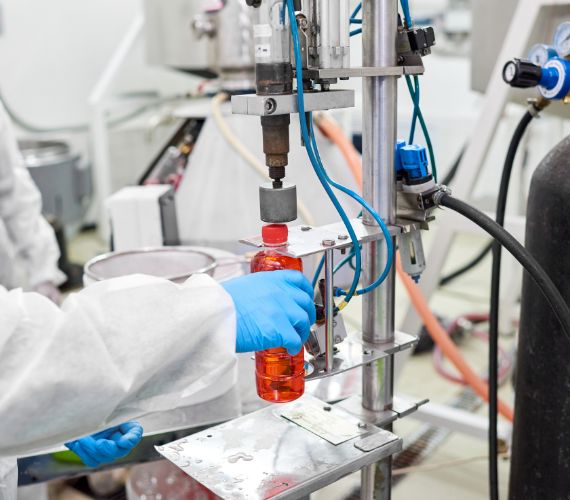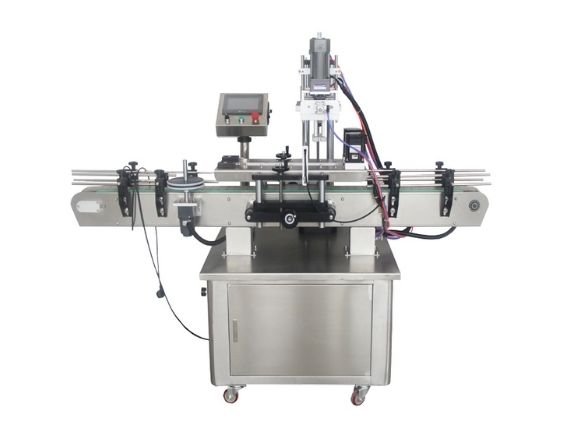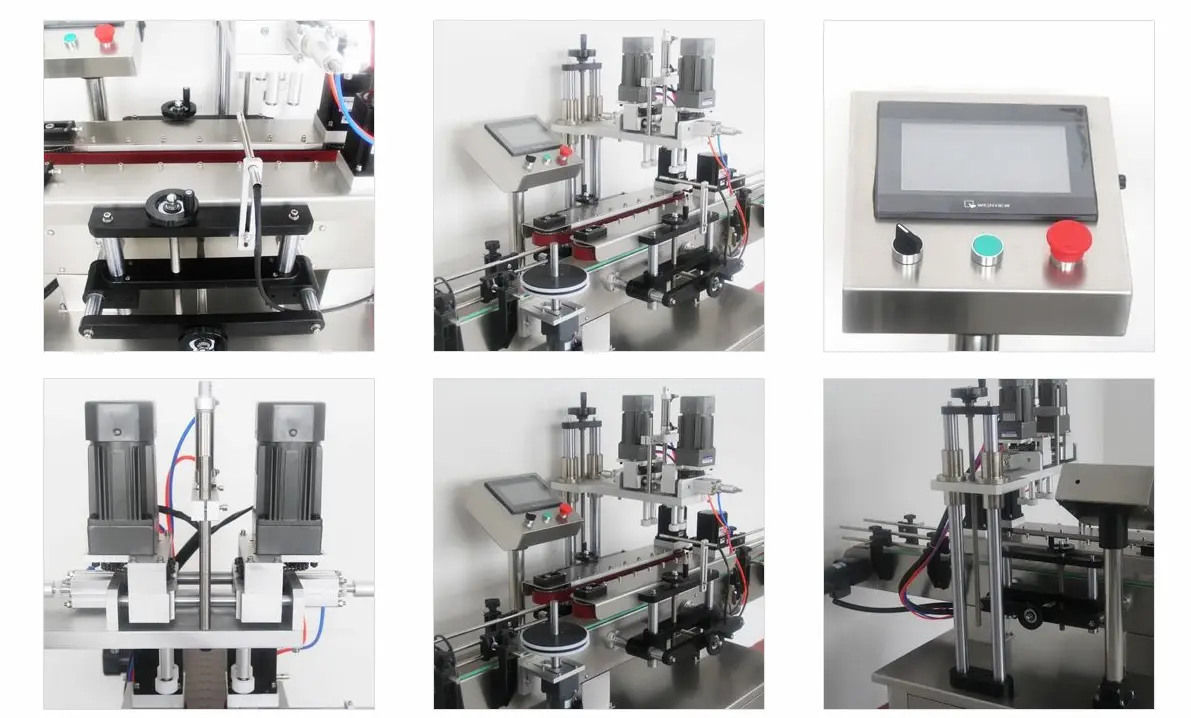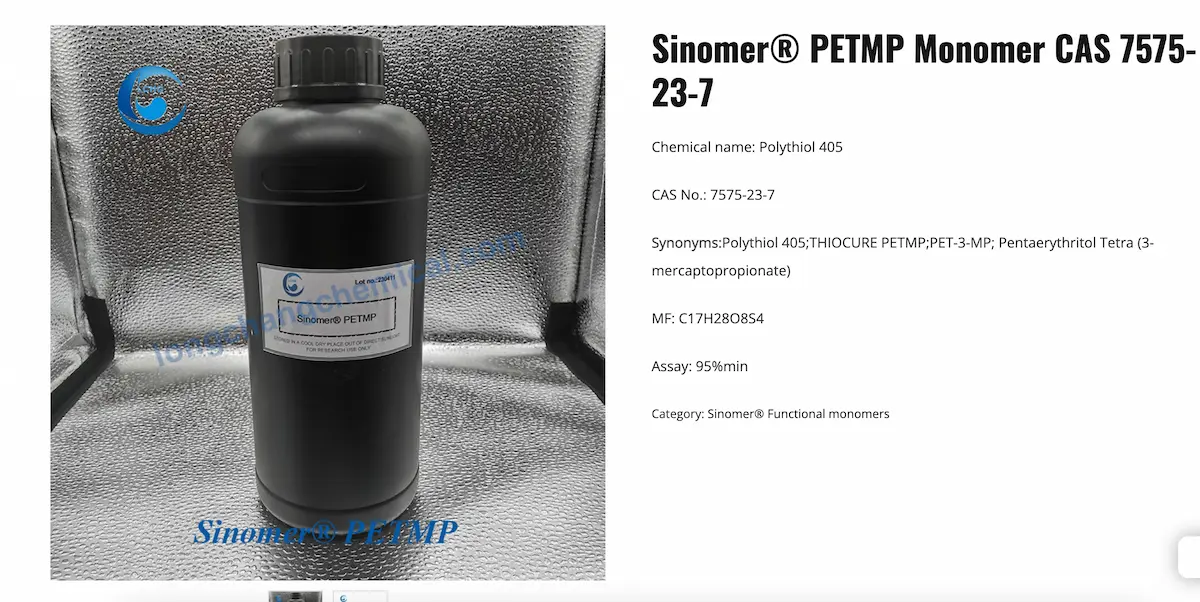In beverage and bottling industry efficiency and productivity are very important as business grows. As consumer demand continues to rise, businesses must find ways to improve their day to day operations while maintaining high quality standards.
Enter the bottle capping machine, a game-changer in the world of bottling line automation.
This equipment has revolutionised the way companies approach their bottling operations, offering a myriad of benefits that can significantly enhance productivity, reduce labour costs, and ensure consistent bottle closure.
Manual Bottle Capping
For many years, the process of sealing bottles relied heavily on manual labour, which was not only time consuming but also prone to human error.
Imagine a production line where workers had to manually cap each bottle, one by one.

Not only was this process boring and physically demanding, but it also led to inconsistencies in bottle closure, potentially compromising the product’s quality and shelf life.
The Benefits of Automated Bottle Capping
Automated bottle capping systems have emerged as a solution to this age-old problem, offering a range of advantages that can transform your bottling operations.
By integrating a bottle capping machine into your production line, you can unlock the following benefits:
- Increased Productivity: High-speed bottle capping machines can cap hundreds or even thousands of bottles per minute, far outpacing manual labour. This increased speed translates into higher throughput and greater production capacity, allowing you to meet the growing demands of the market.
- Consistent Bottle Closure: Automated bottle capping systems ensure that each bottle is sealed with the same level of precision and torque, eliminating the risk of under-tightened or over-tightened caps. This consistent bottle closure helps maintain product integrity, extend shelf life, and prevent leakage or contamination.
- Reduced Labour Costs: By automating the bottle capping process, you can significantly reduce the need for manual labour, leading to substantial cost savings. This not only frees up resources for other areas of your business but also minimizes the risk of injuries associated with repetitive manual tasks.
- Improved Quality Control: Many modern bottle capping machines incorporate advanced quality control features, such as torque monitoring and cap detection systems. These features ensure that every bottle is properly sealed, preventing defective products from reaching consumers and maintaining the highest quality standards.
- Streamlined Workflow: Integrating a bottle capping machine into your bottling line can help streamline your overall workflow, creating a seamless and efficient process from filling to capping. This optimization can lead to increased productivity, reduced downtime, and improved overall efficiency.
Choosing the Right Bottle Capping Machine
With the many benefits of automated bottle capping systems, it’s crucial to select the right machine for your specific needs.

Consider factors such as production volume, bottle sizes and shapes, capping torque requirements, and integration with your existing bottling line equipment.
Industry statistics show that businesses that have implemented bottle capping machines have experienced productivity increases of up to 40%, with some reporting reductions in labour costs of up to 30%.
Additionally, the consistent bottle closure provided by these machines has led to a decrease in product returns and customer complaints by as much as 25%.
Final Thoughts
In the constant changing world of beverage and bottling operations, doing automation and implementing a bottle capping machine can be a game-changer.
By using the power of this innovative technology, you can find new levels of productivity, reduce labour costs, ensure consistent bottle closure, and improve your overall bottling workflow.
Whether you’re a well established brand or a startup to the industry, investing in a bottle capping machine can provide a competitive edge, helping you meet consumer demands while maintaining the highest quality standards.




